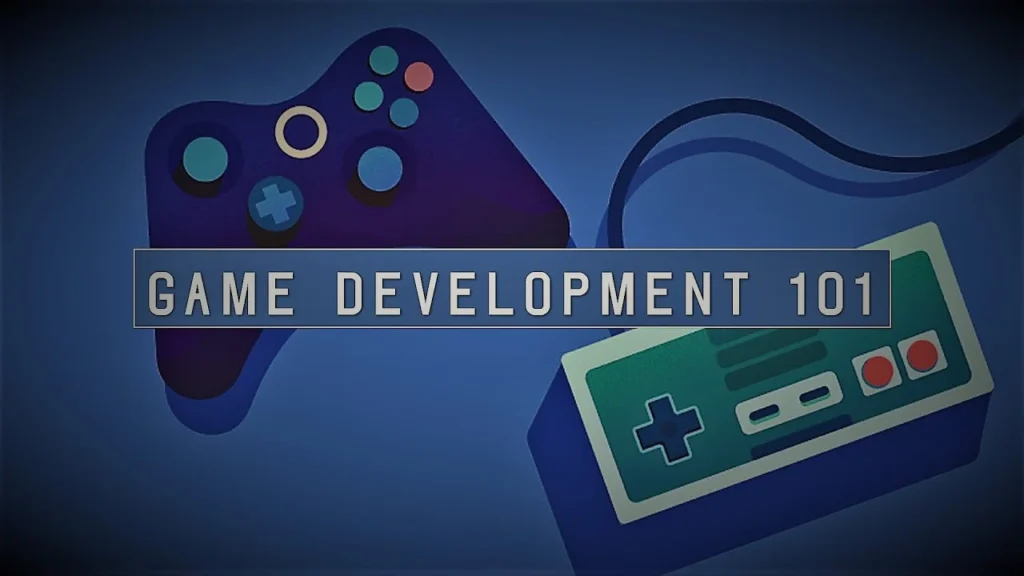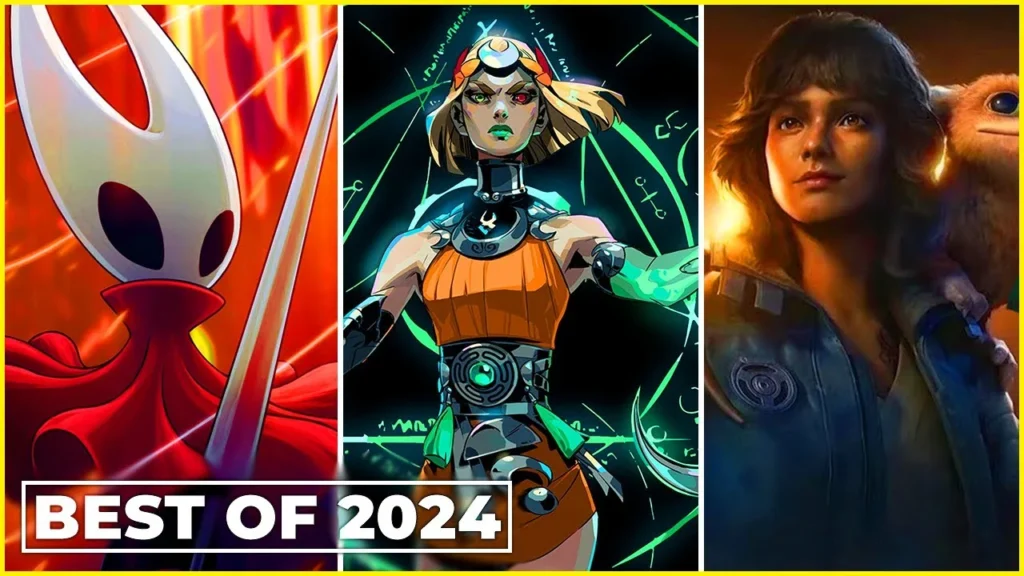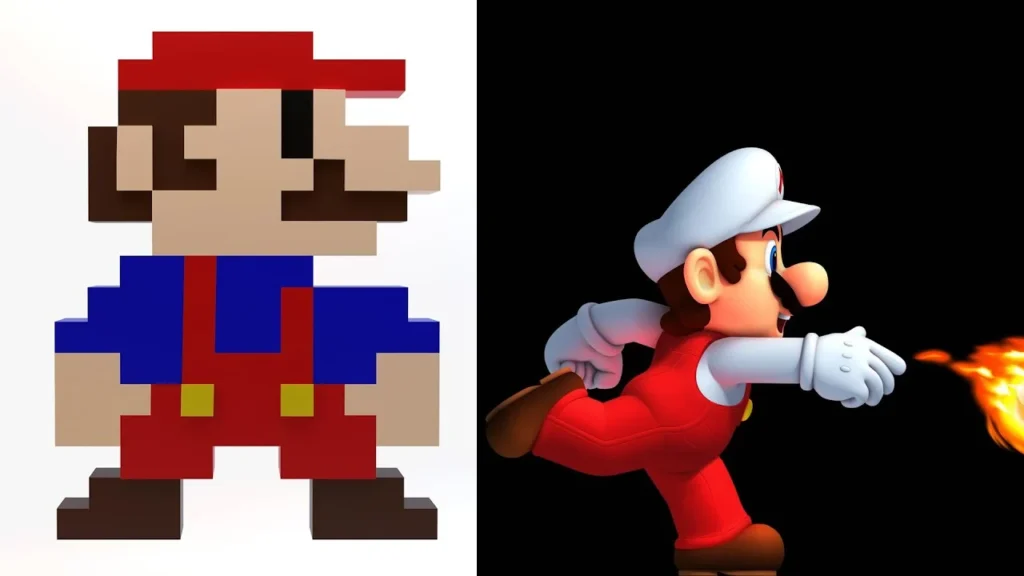Game Development 101: How Your Favorite Games Are Made is a fascinating subject that delves into the intricate process of creating the video games we love to play. From concept and design to programming and testing, game development involves a wide range of skills and disciplines, including art, music, storytelling, and technology. Understanding the behind-the-scenes work that goes into game development can give us a greater appreciation for the games we enjoy, and it can also inspire aspiring game developers to pursue their passion.
The process of creating video games, as explored in Game Development 101: How Your Favorite Games Are Made, involves a series of stages, including ideation, pre-production, production, testing, and release. Each stage requires careful planning, creativity, and attention to detail, as well as collaboration among team members with diverse expertise. Game development also involves the use of cutting-edge technology and software tools, as well as the integration of storytelling, gameplay mechanics, and visual and audio elements to create an immersive and engaging experience for players. Understanding the complexities of game development can provide insight into the art and science behind the games we love.
The Concept and Design Phase
Game development begins with a concept, which could be anything from a storyline to a specific gameplay mechanic. Once the concept is established, the design phase begins, during which the game’s overall structure and mechanics are planned out. This includes creating sketches, writing design documents, and mapping out the game’s levels or worlds. The design phase is crucial as it lays the foundation for the entire development process.
During this phase, game designers, artists, and writers work closely together to flesh out the game’s concept and create a detailed plan for its development. This phase often involves a lot of brainstorming and iteration to ensure that the game’s design is solid before moving on to the next stage of development.
Development and Programming
Once the design phase is complete, the actual development of the game begins. This involves writing code, creating art assets, and implementing the game’s design. Programmers work on creating the game engine, implementing gameplay mechanics, and ensuring that the game runs smoothly. Artists and animators work on creating the visual elements of the game, including character designs, environments, and special effects.
Throughout the development phase, the game goes through multiple iterations, with developers constantly testing and refining the game to ensure that it meets the design specifications. This phase can be time-consuming and complex, as it involves bringing together various elements such as graphics, sound, and gameplay into a cohesive and functional whole.
Testing and Quality Assurance
Once the game is developed, it goes through a rigorous testing and quality assurance process. This involves identifying and fixing any bugs or glitches, ensuring that the game runs smoothly on different platforms, and testing the overall gameplay experience. Quality assurance testers play the game extensively to identify any issues that need to be addressed before the game is released to the public.
Testing also involves gathering feedback from playtesters to see how the game performs in real-world scenarios and making any necessary adjustments based on their input. This phase is crucial for ensuring that the game meets the highest standards of quality and provides an enjoyable experience for players.
Sound and Music
Sound and music are essential elements of any game, as they contribute to the overall atmosphere and immersion of the gameplay experience. During this phase, sound designers work on creating sound effects for various in-game actions, while composers create the game’s musical score. The goal is to create a cohesive audio experience that enhances the game’s narrative and gameplay.
Sound and music are integrated into the game during the development phase, with sound designers and composers working closely with the development team to ensure that the audio elements complement the game’s visuals and gameplay. This phase adds another layer of depth to the game and helps to create a more immersive and engaging experience for players.
Marketing and Promotion
Once the game is nearing completion, the marketing and promotion phase begins. This involves creating promotional materials such as trailers, screenshots, and demo versions of the game to generate interest and excitement among potential players. Marketing teams also work on creating a marketing strategy and identifying the target audience for the game.
Marketing and promotion are crucial for building anticipation for the game’s release and reaching a wide audience. This phase often involves working closely with the game’s publisher to coordinate marketing efforts and ensure that the game receives maximum visibility leading up to its release.
Release and Distribution
After the game has been thoroughly tested and the marketing efforts are in full swing, it is time for the game to be released to the public. This involves coordinating with digital distribution platforms, physical retailers, and other distribution channels to ensure that the game is widely available to players. The release phase also includes managing the game’s launch, including any day-one patches or updates that may be necessary.
As the game is released, developers and publishers closely monitor its reception, gathering feedback from players and addressing any issues that may arise. This phase is crucial for ensuring that the game’s launch is successful and that it receives positive reviews and word-of-mouth buzz from players.
Post-Release Support and Updates
After the game has been released, the development team continues to provide support and updates to ensure that the game remains in top condition. This includes addressing any post-launch issues that may arise, as well as releasing additional content such as expansions, downloadable content, or updates to improve the game’s overall experience.
Post-release support is essential for maintaining the game’s longevity and keeping players engaged over time. Developers often listen to player feedback and use it to inform their post-release support efforts, ensuring that the game continues to evolve and improve based on the community’s input.
Community Engagement and Feedback
Throughout the entire game development process, community engagement and feedback play a crucial role. Developers often interact with the game’s community through social media, forums, and other channels to gather feedback, answer questions, and keep players informed about the game’s progress. This ongoing engagement helps to build a dedicated fan base and create a sense of community around the game.
Community feedback also informs the development team’s decisions regarding post-release support, updates, and potential sequels or spin-off titles. By listening to their community, developers can ensure that their games continue to resonate with players and remain relevant long after their initial release.
Game Development 101: How Your Favorite Games Are Made
| Stage | Description |
|---|---|
| Concept | Developers come up with the idea for the game, including its story, characters, and gameplay mechanics. |
| Design | Game designers create the overall structure of the game, including levels, missions, and rules. |
| Art and Assets | Artists and animators design the visual elements of the game, such as characters, environments, and special effects. |
| Development | Programmers write the code for the game, integrating the design and art elements into a playable experience. |
| Testing | The game is extensively tested for bugs and glitches, and adjustments are made to improve gameplay and performance. |
| Release | The finished game is launched to the public, often after marketing and promotion efforts. |
| Updates and Support | Developers continue to provide updates, patches, and customer support to ensure the game’s ongoing success. |



